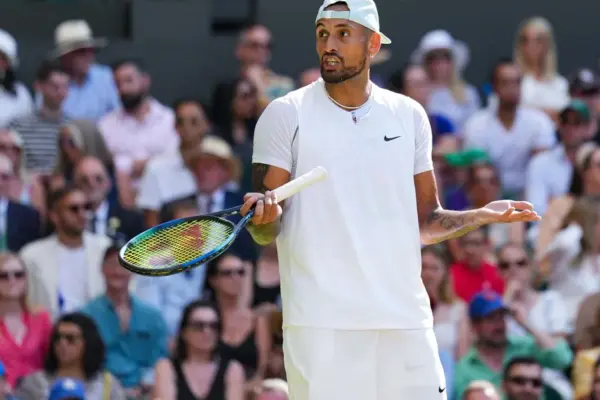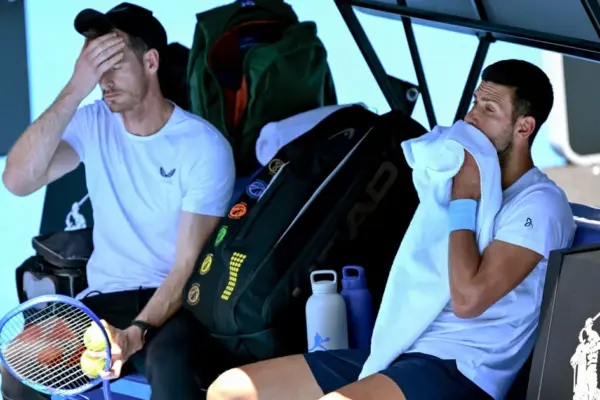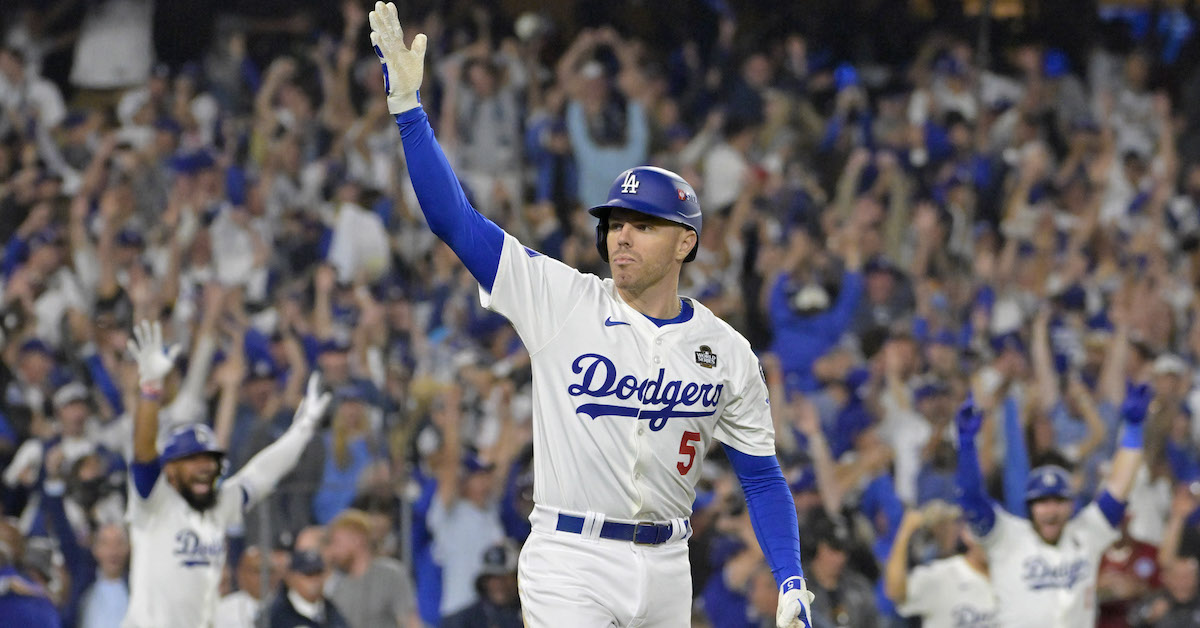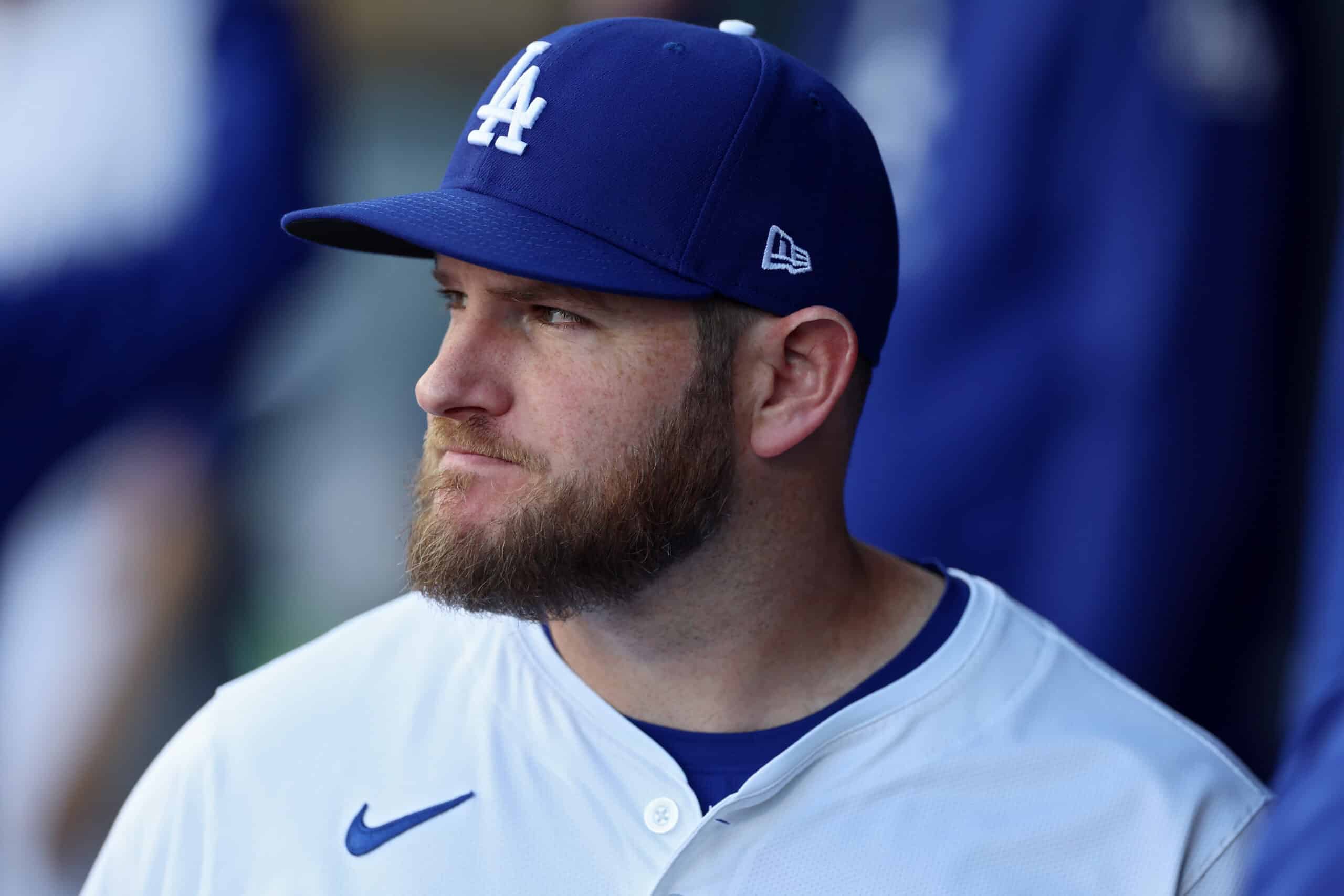

What is the best bookmaker for EURO 2024 ?
Super boosts without any harsh terms and conditions. Have you already tried? There is a great feature where you can simply place a bet, such as on odds of 1.9 for both teams to score, and every time you bet, you have the chance to receive a boost. For example, I once placed a bet…

Casper Ruud to Miss 2025 Mallorca Championships Due to Injury
Casper Ruud, the Norwegian tennis star, has officially confirmed that he will not compete in any grass-court events leading up to the 2025 Wimbledon Championships. His decision follows a withdrawal from the Mallorca Championships, which is a setback for a player who has expressed a clear preference for clay and hard courts over grass. Ruud’s…

Nick Kyrgios Criticizes BBC for Omission Following Past Wimbledon Triumphs
Nick Kyrgios has always been candid about his thoughts and feelings, and his recent commentary regarding his exclusion from BBC’s Wimbledon coverage is no exception. The Australian player, who last participated in competitive tennis at the Miami Open, is currently in recovery from an injury, with hopes of making a return to the court. His…

Alcaraz Narrows the Gap on Sinner’s No. 1 Ranking, but Surpassing Him Proves Challenging
In the dynamic world of professional tennis, the rivalry between Carlos Alcaraz and Jannik Sinner has taken center stage, particularly following the events of the past few months that have significantly impacted the ATP rankings. Initially, Sinner held a comfortable lead over his competitors, bolstered by a remarkable victory at the 2025 Australian Open, which…

Andy Murray Reveals Surprising Thoughts on His Experience Coaching Novak Djokovic
The world of tennis is never short of drama, especially when it involves high-profile players like Andy Murray and Novak Djokovic. The recent collaboration between the two seasoned athletes caught the attention of fans and analysts alike, offering a glimpse into the complexities of coaching relationships within professional sports. Murray stepped into the role of…

Sinner to Pause Ahead of Wimbledon Following Surprise Defeat
In a poignant moment, Jannik Sinner faced the media after an early exit at the 2025 Halle Open, barely a week after his gut-wrenching loss in the Roland Garros final. That match, which saw him lead Carlos Alcaraz 5-3, 40-0 in the fourth set before succumbing in a tense final set tiebreak, will remain etched…

Navigating the Complex Relationship Between Tennis and Gambling: A Double-Edged Sword
The intersection of tennis and online gambling sponsorship is seeing a noteworthy evolution, drawing both interest and concern from various corners of the sport. Once characterized by sponsorships from luxury brands and athletic gear manufacturers, the landscape is now increasingly populated by betting companies looking to make an impact. As we witness more prominent online…

2025 Swiss Open Gstaad: ATP Prize Money and Points Breakdown
The 2025 Swiss Open, set to take place in Gstaad, is poised to take center stage among three tournaments during the hectic first week that follows the prestigious Wimbledon Championships. The financial incentives and ranking points for this ATP 250 event have been recently disclosed, promising to draw considerable interest. Despite going head-to-head with the…

2025 Bastad Open: Comprehensive Guide to ATP Prize Money and Points
The Bastad Open 2025 promises to be an exciting tournament as players gear up to compete for valuable ranking points and prize money in scenic Sweden. Set to unfold from July 14 to July 20, this ATP 250 event has a rich history dating back to its inception in 1948, featuring notable champions including the…

Casper Ruud Pulls Out of 2025 Wimbledon Due to Persistent Injury Issues
The 2025 Wimbledon Championships will be without a significant contender from the men’s draw as Casper Ruud has announced his withdrawal from the prestigious tournament. The Norwegian star’s decision comes on the heels of a disappointing exit at Roland Garros, where he was unable to capitalize on an early lead against Nuno Borges in the…

Comprehensive Breakdown of Prize Money and ATP Points for the 2025 Los Cabos Open
The Los Cabos Open, a prominent ATP hard-court event, is set to make its return from July 14th to 19th, 2025. This tournament marks a significant moment in the tennis calendar as it will be the first hard-court ATP tournament since March. Featuring a vibrant atmosphere, the event promises thrilling competition, especially with the recent…


















